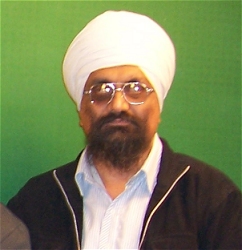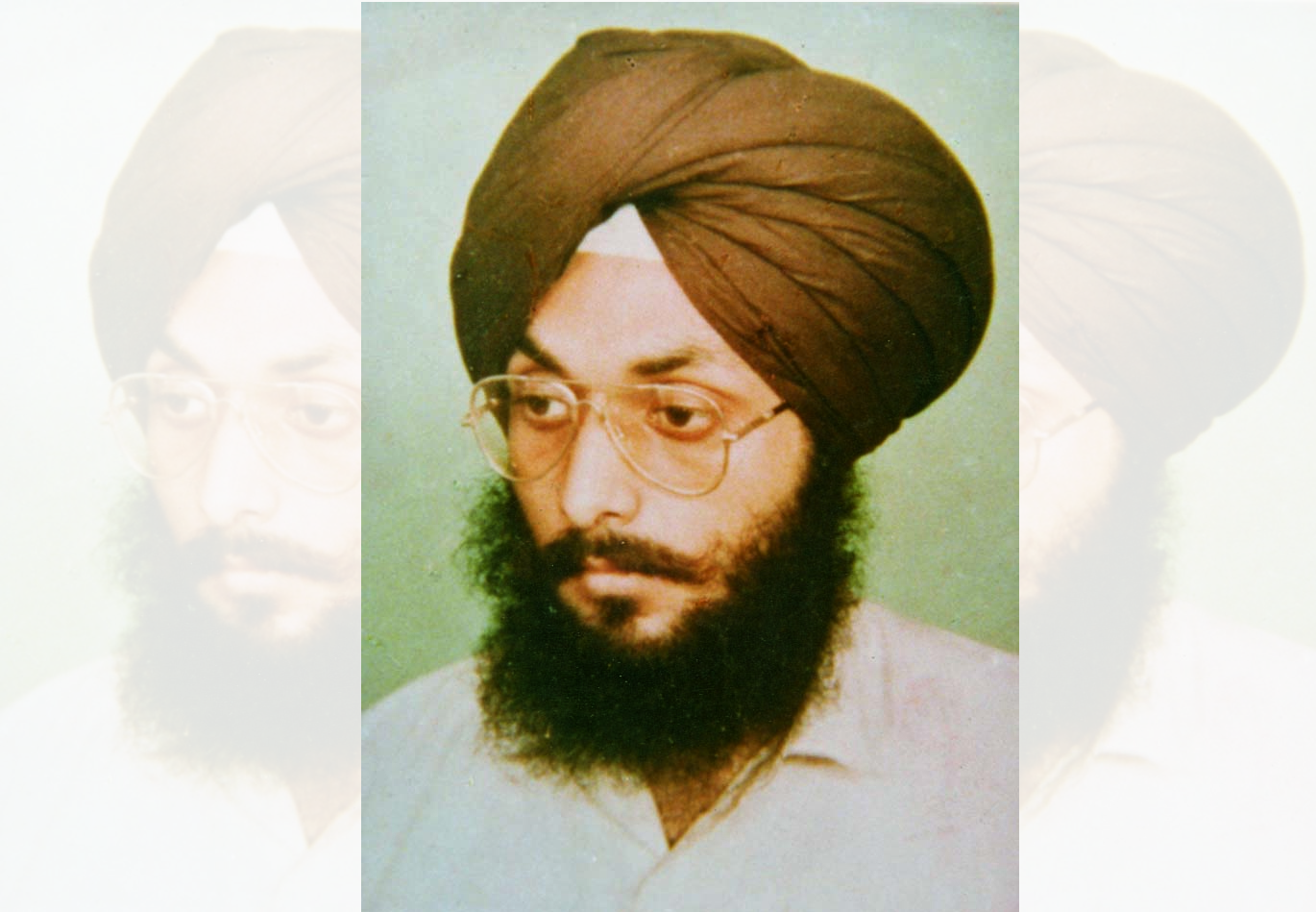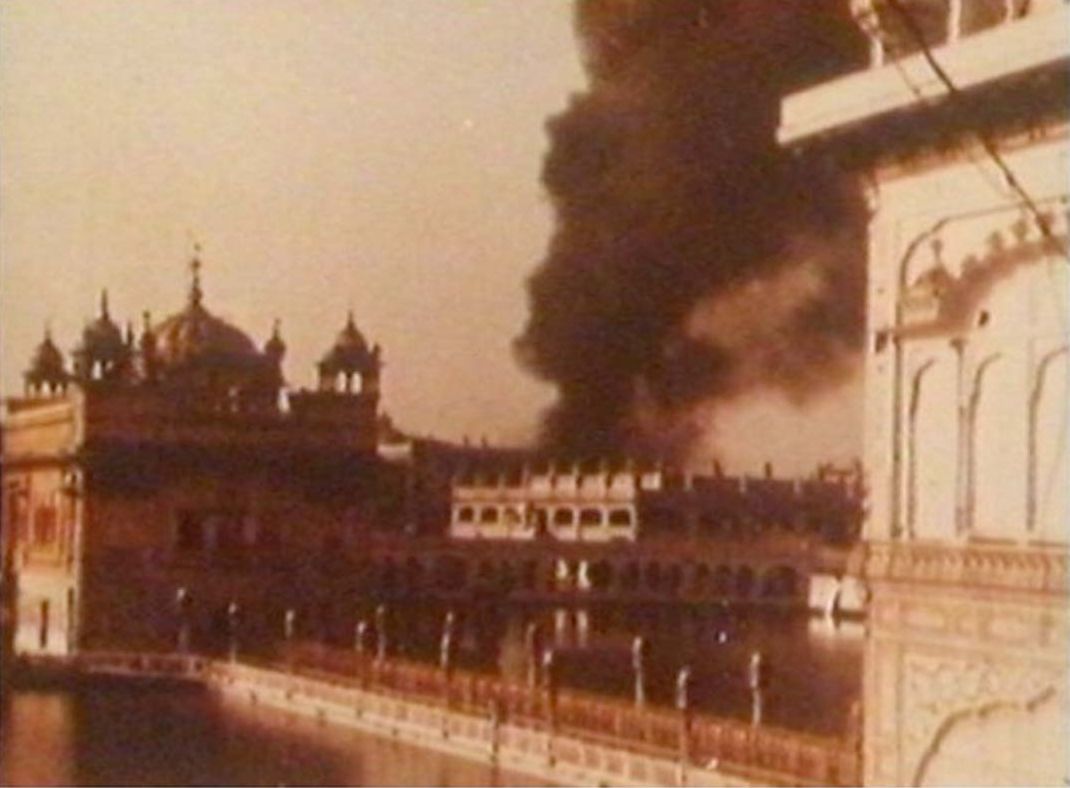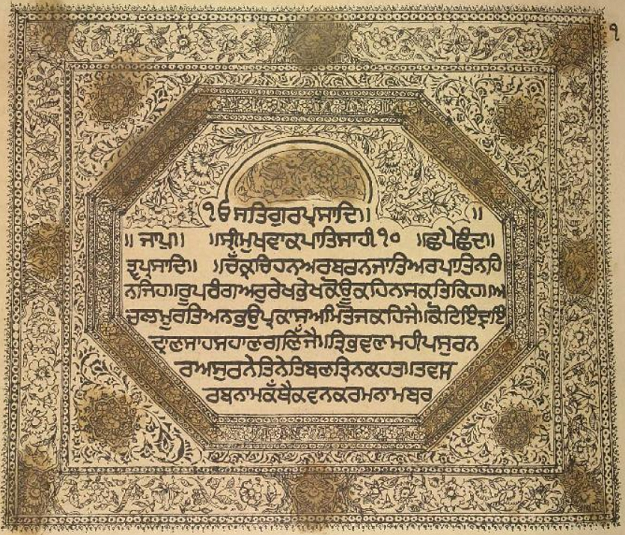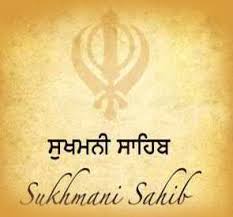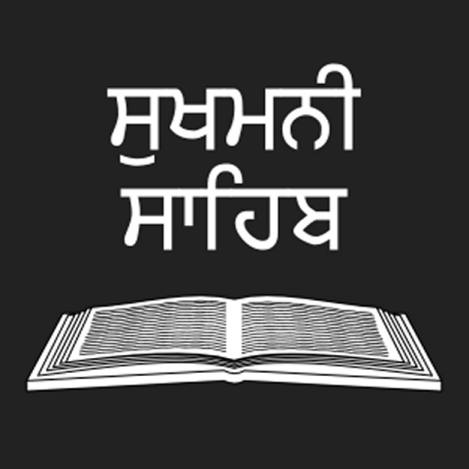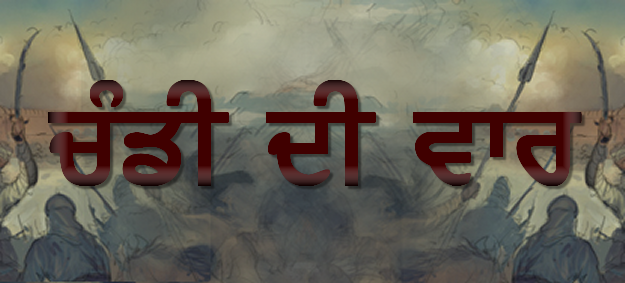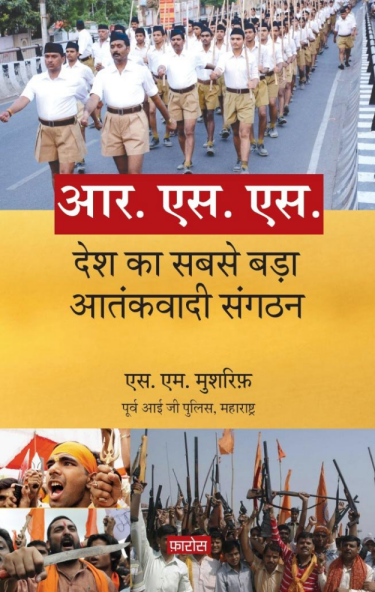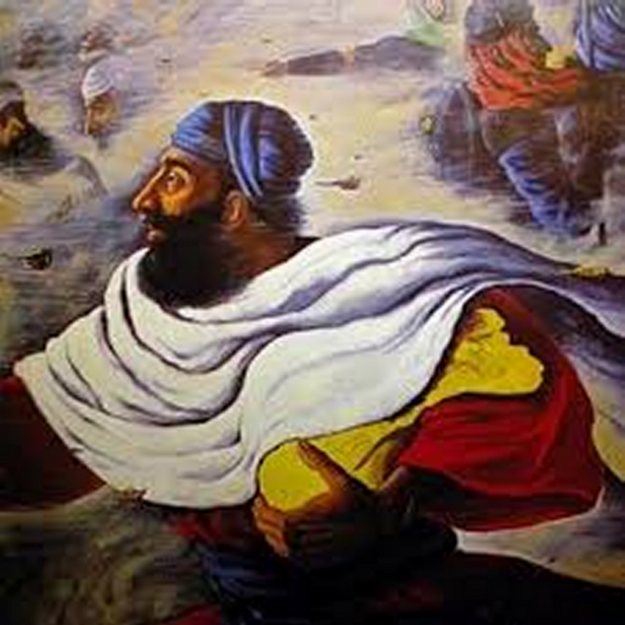
Continuation of Part 1
War of Independence?
The main question still remains. Was the mutiny of 1857 an actual “freedom fight” or war of independence?
The so-called “freedom movement” was started by nearly 85 troops of a Bangali regiment on 9th May, 1857 in Merath. The cause of this insurgency was that the Enfield rifle ammunition had to be manually loaded before firing which involved biting the end of the cartridge, which was greased in pig fat and beef tallow. This was offensive to Hindus and Muslims alike, who considered tasting beef or pork to be against their respective religious tenets. This enraged both communities. Mangal Panday shot a British officer in Merath out of anger. This news spread all over the place which caused fights between Hindus Muslims and the British. Thus began the “freedom movement”.
This was all due to religious reasons. No one had even a single bit of thought about India’s independence. All Rajputs were divided and fighting each other. There was a lack of organization, and planning. There was no leader chosen by all communities. India was divided into many pieces of land among Hindus and Muslims.
The most important fact Hindu scholars ignore is that the lard was supplied by a Hindu Brahmin. According to Mr. Sain in “Eighteen Fifty Seven”, “..the lard was supplied by a Hindu Brahmin from Bengal. The government instructed to use lard of a goat or sheep but to save some money he used cow and pig instead.” Another fact that must be considered is that if the mutiny was in the protest of the cartridges then why did the Hindu and Muslim troops use the same weapons to fight their war?
According to many historians, 1857 was nothing but a senseless rebellion against the government.
Sir Jadoo Naath says, “The Sepoy Mutiny was not a fight for freedom.”
Dr. R. C. Maujumdar, “It was neither first nor national, nor a war of independence.”
Dr. Ganda Singh, “Because of the lard cartridges many Hindu and Muslim troops became rebellious and killed many innocent people.”
The “freedom fighters” shout the slogans of “Long Live Bahadur Shah” in Delhi because they had chosen him as their leader. According to Dr. R. C. Maujumdar, “They appointed Bahadur Shah as their leader because he was upset about the fact that British had seized his kingdom. He was against British but not in favor of kicking them out of India. He betrayed the rebellions and gave away all the secret information to lieutenant of Agra. The rebels insulted him for this action and appointed Prince Abu Bakar as their new leader.” Dr. R. C. Maujumdar further writes, “Bahadur Shah tried to sign a peace treaty with the British on the condition that British would protect him physically and financially. He also promised to help the British if his son was appointed as the king of his seized kingdom.”
According to Dr. Ganda Singh, “Army troops of Bahadur Shah refused to fight for him until their salaries were well paid.”
Now, what kind of freedom movement was this? On one hand they wanted freedom and on the other hand they wanted to get paid for their fight.The fight for freedom is not fought on monthly salaries. In fact, 1857 incident was nothing more than fight for personal gains.
According to Dr. R. C. Maujumdar, “All the circumstances leave no doubt that Bahadur Shah and his family not only betrayed rebellions but the whole nation.”
There are many well known figures that played their part in this so-called mutiny. Nana Sahib of Maratha kingdom joined this mutiny for personal gains. He seized the British entrenchment in Kanpur and killed innocent women and children. The last king of Maratha, Bajee Rao, was given an annual pension of 8 million. He had no child. After his death the British refused to pay anyone else.
When the mutiny was at the highest peak, Nana Sahib requested to help British if they agreed to pay the pension but British refused. Nana Sahib had no choice but to join the mutiny. The British were unsuccessful in capturing him for 17 years. In 1874, Maharaja Sindhiya turned in Nana Sahib and Tantiya Tope to the British.
In this mutiny, the name of Rani Jhansi (Queen of Jhansi) is always discussed. Ignorant scholars give her credits for something she never did. There is not a single proof in existence that shows whether the Queen fought for freedom of the country or joined the mutiny on purpose.
Lakhshami Bayee, or Rani Jhansee, had no child of her own. Her husband was a characterless type of person who was responsible for his own death. Lakhshami Bayee wanted her adopted child, Damodar Rao, to become the next king however, the British were not happy with their misdeeds and refused to recognize her adopted child as the heir to the throne. She then wrote a letter to the British asking for a payment of one million rupee per year for her kingdom but the British did not agree. When that did not work, she asked for two hundred thousand but again the British refused. The only choice left for her was to fight and die. Her struggle was only for her own kingdom.
According to Dr. R. C. Maujumdar, “After her unsuccessful efforts to appoint her adopted son as the next king, she started living her life as a Hindu widower wearing white clothes and spent much of her time in worship. All British scholars agree that neither had she planned anything for the freedom fight nor did she have any intentions of joining the mutiny in the first place.”
The rebels surrounded the Queen’s palace. The queen informed the British that she had been insulted and mistreated by them and asked for help. Instead of helping her, the British blamed her for helping the rebels. Still, she remained loyal to the British.
Dr. Surinder Nath writes, “Captain Gorden wrote to the queen asking for help.” In reply the queen wrote, “What can I do? I am surrounded by the rebels. I have sent some guns and my army men for your help.”
According to Dr. G. W. Forrest, “Queen Lakhashmee Bai secretly sent 50-60 guns, and 50 army men along with other weaponry.”
Dr. J. K. Kirapalani sums it up very well by saying, “It was nothing but an attempt by the old order to get back their kingdoms.”
The above-mentioned examples and quotes of famous scholars clearly prove that the mutiny of 1857 was not a war of independence but a fight for personal gains. In summary, 1857 was not a war of independence because of some of the following reasons.
1. A united India did not exist at that time.
2. The rebellion remained confined to the ranks of the Bengal Army and in North-Central India.
3. The mutiny was put down with the help of other Indian soldiers from the Madras Army, the Bombay Army and the Sikh regiments.
4. Many princes and maharajas did not participate in the rebellion. Those that did were basically interested in reviving and reclaiming their own kingdoms, not creating a United India.
5. The Army and the Princes, who were the principal instigators of the rebellion of 1857, played no part in the Nationalist movement as it emerged in the 1880s.
Continued...
Excerpts taken from:
“Did Sikhs betray in 1857” by Professor Inder Singh
“Was the Indian slavery due to Sikh betrayal” by SSU
Views and opinion expressed in guest editorials/columns are of the author and do not necessarily reflect the view or opinion of Panthic.org or Khalsa Press.


